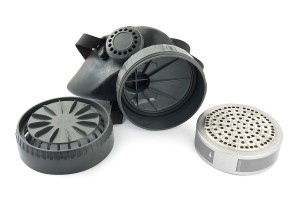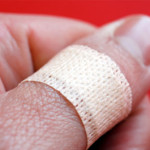 Who needs respiratory protection? Everyone should be familiar with the basic issues regarding respiratory protection. However, there are many more issues that need to be addressed as part of a comprehensive Respiratory Protection Program (RPP). If you are responsible for managing or administering your company’s RPP the following are some questions you will need to be able to answer:
Who needs respiratory protection? Everyone should be familiar with the basic issues regarding respiratory protection. However, there are many more issues that need to be addressed as part of a comprehensive Respiratory Protection Program (RPP). If you are responsible for managing or administering your company’s RPP the following are some questions you will need to be able to answer:
- Do you require respirators in your workplace?
- Who needs a respirator to keep safe at work?
- Are your employees trained on how to use, care, and maintain respirators?
- Have employees been cleared to wear respirators by a medical professional?
- Are there different types of respirators?
- Which type is right for your valuable staff?
What are the types of airborne hazards? Different respirators and filtering cartridges may be required to protect against different airborne hazards. Some potential hazards are:
- Gases and vapors, e.g., xylene, isopropyl alcohol
- Mists and fogs, e.g., aerosol paints
- Fumes, e.g., welding, brazing, lead, hexavalent chromium
- Particulates, e.g., asbestos, silica, hexavalent chromium
Respirator selection options:
- Air purifying respirators
- Filtering face piece particulate respirators/cartridges
- Chemical cartridge respirators
- Powered air purifying respirators
- Canister respirators
- Air supplying respirators:
- Supplied air systems
- Self contained breathing apparatus
Employer requirements: Additional employer information and action is required in accordance with the occupational safety and health regulations covering respiratory protection. This includes but is not limited to:
- Establishing a written respirator program
- Medical considerations
- Respirator fit testing
- Negative and positive pressure user fit checks
- Comprehensive user training, e.g., procedures for the use, care, maintenance, and storage of the respirator.
What’s on your face can save your lungs and life!





